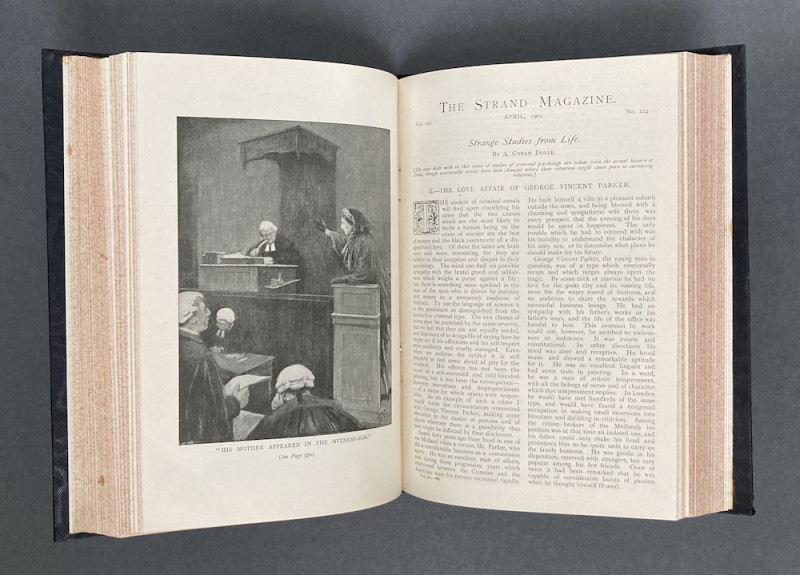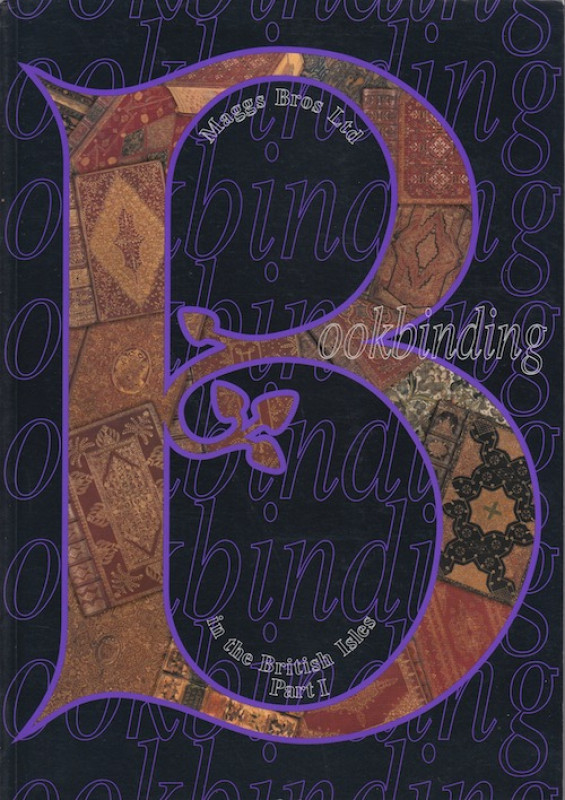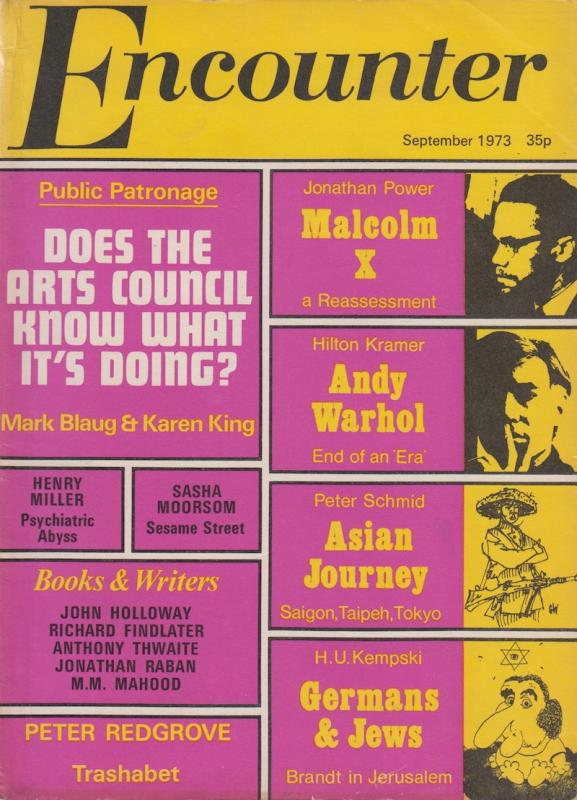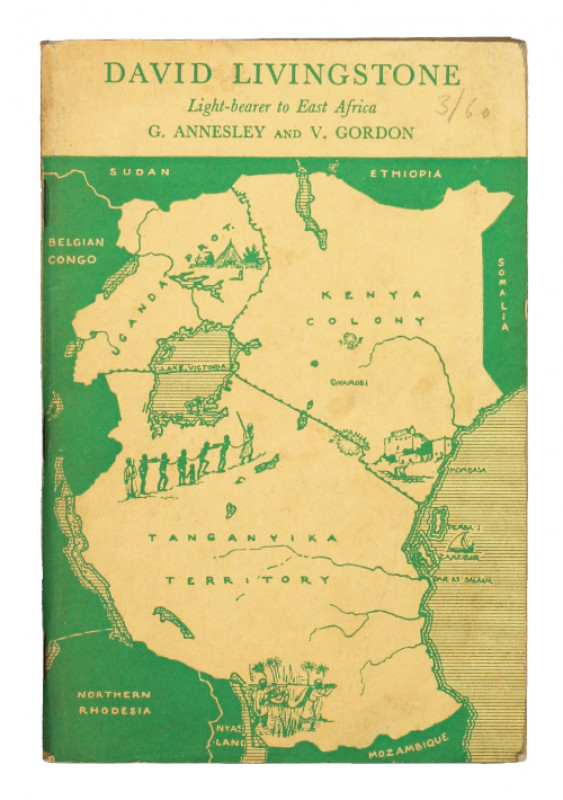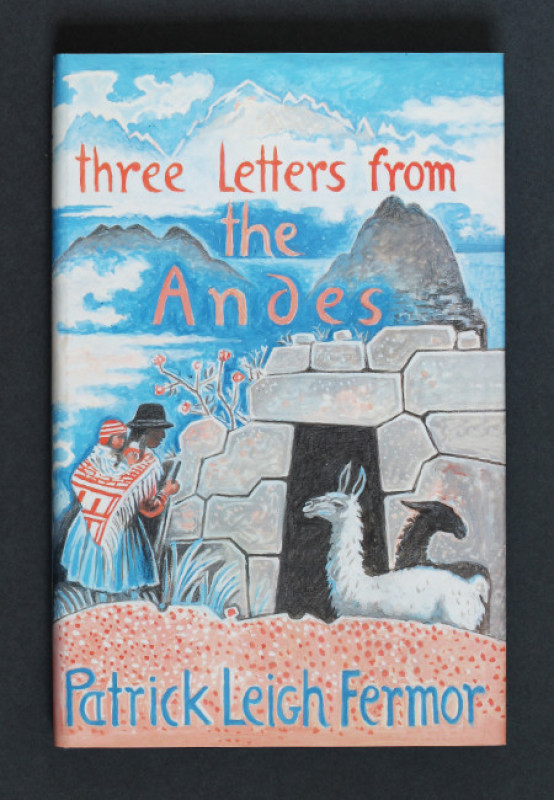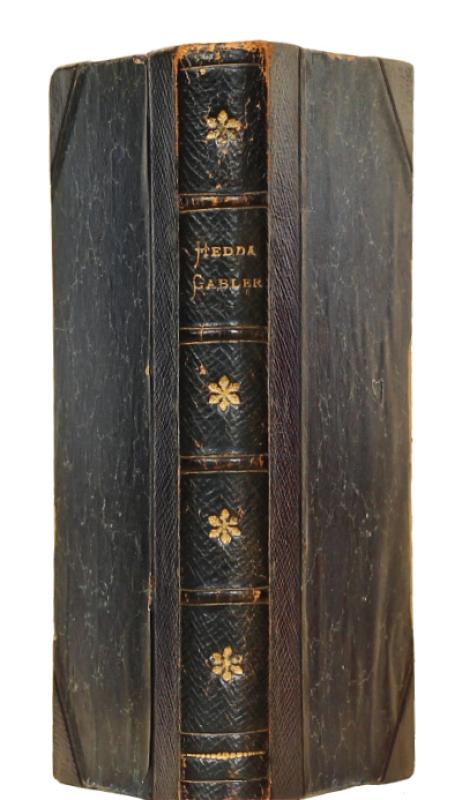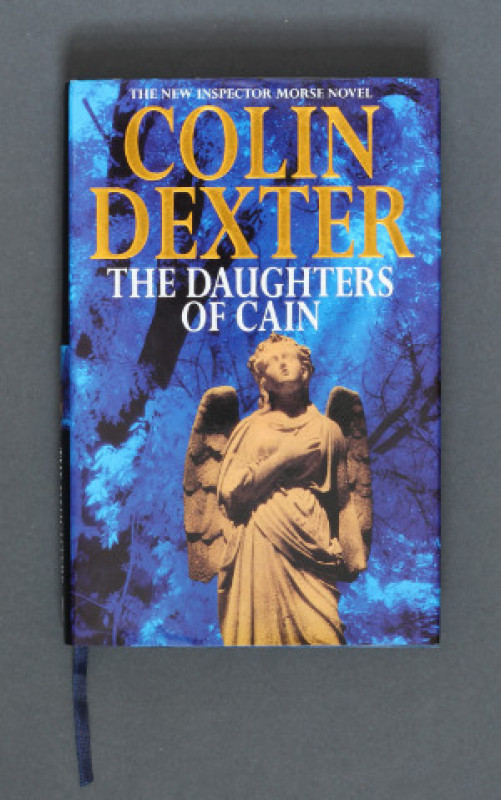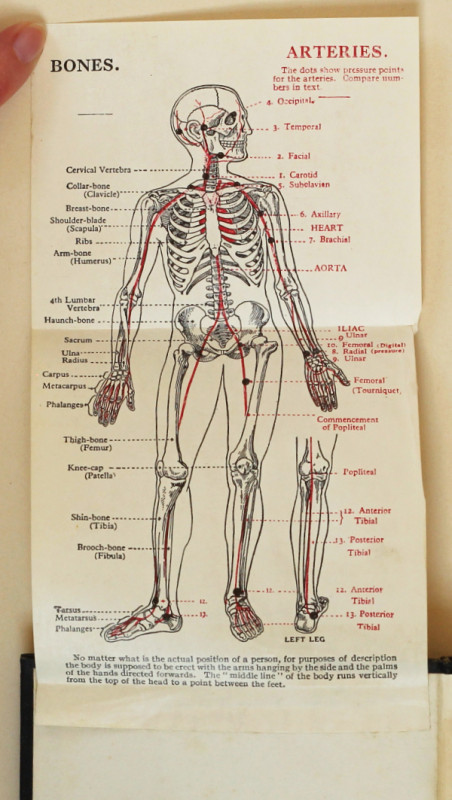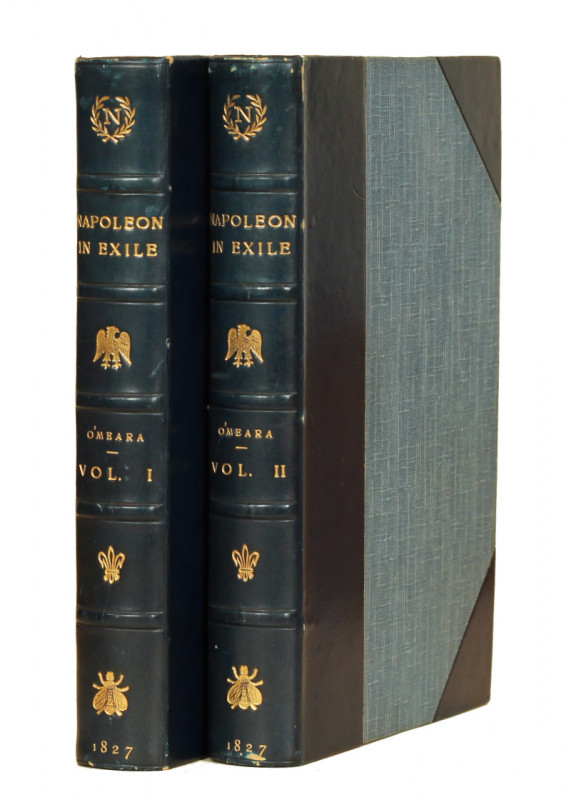‘A Wonderful Book Store’ [poster]
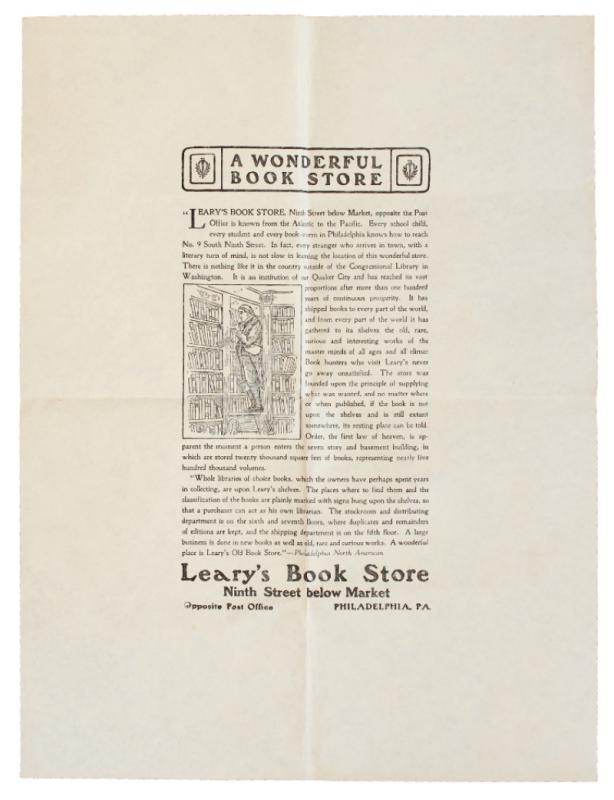
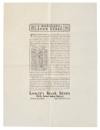
Book Description
A WONDERFUL POSTER FOR A LEGENDARY PHILADELPHIA BOOKSHOP, WHICH WAS THE SETTING FOR A CHAPTER OF CHRISTOPHER MORLEY’S THE HAUNTED BOOKSHOP
Lithographic poster (610 x 462mm), printed in black on wove paper, with text ‘A Wonderful Bookstore’ within decorative frame and one illustration titled ‘A Wonderful Book Store’. (A few very light spots, partially faded on verso, folded for storage, slightly creased on folds and at edges.) A very good copy. ¶¶
Lithographic poster (610 x 462mm), printed in black on wove paper, with text ‘A Wonderful Bookstore’ within decorative frame and one illustration titled ‘A Wonderful Book Store’. (A few very light spots, partially faded on verso, folded for storage, slightly creased on folds and at edges.) A very good copy. ¶¶
Dealer Notes
In the mid-20th century Leary’s Book Store was a much-loved institution just steps away from Philadelphia’s Old City, the most historic square mile in America. It had its origins in a book stall established by the 20-year-old William A. Leary close to the Old Market in 1836. In the 1850s Leary also established a publishing company, Leary and Getz, which published, among other things, pocket books in the series Grandfather Leary’s Premium Toy Books. The shop was taken over by Leary’s son in 1865, and by the latter’s employee Edwin S. Stuart in 1876. Stuart moved the shop to its well-known location on 9 South 9th Street in 1877 – formerly a dry goods house – where it stayed (except for a brief relocation during the modernisation of the building in 1925-1927) until the business was closed in 1968. Within the first few decades of its relocation to South 9th Street, the neighbourhood developed drastically: Philadelphia’s city council soon moved into the city hall, which was still under construction, and Gimbel’s Department Store established a flagship store close to Leary Book Store’s book-filled building. Stuart’s brother and partner William H. Stuart developed the business’ focus on second-hand books and publishers’ remainders further, also purchasing rare and antiquarian works from book collectors’ libraries across the United States. In the twentieth century, Leary’s Book Store attracted ever more customers, among them Christopher Morley, who set one of the chapters of his famous novel The Haunted Bookshop (1919) at Leary’s. ¶¶
‘Hoping to attract the attention of tens of thousands of visitors to the Centennial Exhibition, Stuart made what turned out to be a monumental decision regarding the interior and the exterior of his store. He decided to have Carl Spit[z]weg’s (1808-1885) painting “Der Bucherworm” (The Book Worm) [i.e. Der Bibliothekar (Der Bücherwurm), c. 1850] painted on a stained glass on the second floor of the store and a much larger version of the painting on the outside of the building. The painting fully captured the essence and atmosphere of Leary’s. It featured a man standing on a step ladder intensely reading a book in his left hand while holding an open book in his right hand. The man also had a book tucked under his elbow and another volume lodged between his knees for quick reference. The Book Worm image very quickly became Leary’s trademark’ (entry for ‘Leary’s Book Store Records’, Temple University Libraries: Special Collections Research Center online: https://scrcarchivesspace.temple.edu/repositories/4/resources/1047). Variants of Spitzweg’s painting of ‘The Bookworm’ also appeared on Leary’s Book Store bookmarks and advertisements. ¶¶
This poster dates from the mid-20th century, but harks back to the origins of Leary’s Book Store, although versions of the text (attributed to the Philadelphia Times) and image were already used in advertisements in books published by Leary, Stuart & Co in the late nineteenth century, such as those at the back of I. Daniel Rupp’s A Collection of Upwards of Thirty Thousand Names of … Immigrants in Pennsylvania from 1727-1776 (Philadelphia, 1898). Interestingly, the text has been slightly modified for this poster and attributed to the Philadelphia North American: in the text published in 1898 the bookshop is described as having enjoyed ‘fifty years of uninterrupted prosperity’ and being housed in a ‘four storey-and-a-half building, in which are stored eleven thousand square feet of books, representing nearly three hundred thousand volumes’. In this poster, however, the business has enjoyed ‘more than one hundred years of continuous prosperity’ and grown to occupy a ‘seven story and basement building, in which are stored twenty thousand square feet of books, representing nearly five hundred thousand volumes’ (this expansion followed the rebuilding of the bookshop in 1925-1927). It seems likely, therefore, that this poster was printed in the period between c. 1940 and 1968, when the business closed. ¶¶¶
Order this poster directly from our website (www.TypeAndForme.com) or email us with any enquiries.
‘Hoping to attract the attention of tens of thousands of visitors to the Centennial Exhibition, Stuart made what turned out to be a monumental decision regarding the interior and the exterior of his store. He decided to have Carl Spit[z]weg’s (1808-1885) painting “Der Bucherworm” (The Book Worm) [i.e. Der Bibliothekar (Der Bücherwurm), c. 1850] painted on a stained glass on the second floor of the store and a much larger version of the painting on the outside of the building. The painting fully captured the essence and atmosphere of Leary’s. It featured a man standing on a step ladder intensely reading a book in his left hand while holding an open book in his right hand. The man also had a book tucked under his elbow and another volume lodged between his knees for quick reference. The Book Worm image very quickly became Leary’s trademark’ (entry for ‘Leary’s Book Store Records’, Temple University Libraries: Special Collections Research Center online: https://scrcarchivesspace.temple.edu/repositories/4/resources/1047). Variants of Spitzweg’s painting of ‘The Bookworm’ also appeared on Leary’s Book Store bookmarks and advertisements. ¶¶
This poster dates from the mid-20th century, but harks back to the origins of Leary’s Book Store, although versions of the text (attributed to the Philadelphia Times) and image were already used in advertisements in books published by Leary, Stuart & Co in the late nineteenth century, such as those at the back of I. Daniel Rupp’s A Collection of Upwards of Thirty Thousand Names of … Immigrants in Pennsylvania from 1727-1776 (Philadelphia, 1898). Interestingly, the text has been slightly modified for this poster and attributed to the Philadelphia North American: in the text published in 1898 the bookshop is described as having enjoyed ‘fifty years of uninterrupted prosperity’ and being housed in a ‘four storey-and-a-half building, in which are stored eleven thousand square feet of books, representing nearly three hundred thousand volumes’. In this poster, however, the business has enjoyed ‘more than one hundred years of continuous prosperity’ and grown to occupy a ‘seven story and basement building, in which are stored twenty thousand square feet of books, representing nearly five hundred thousand volumes’ (this expansion followed the rebuilding of the bookshop in 1925-1927). It seems likely, therefore, that this poster was printed in the period between c. 1940 and 1968, when the business closed. ¶¶¶
Order this poster directly from our website (www.TypeAndForme.com) or email us with any enquiries.
Author
LEARY’S BOOK STORE –
Date
[c. 1940-1968]
Publisher
Philadelphia, PA: Leary’s Book Store
Friends of the PBFA
For £10 get free entry to our fairs, updates from the PBFA and more.
Please email info@pbfa.org for more information
